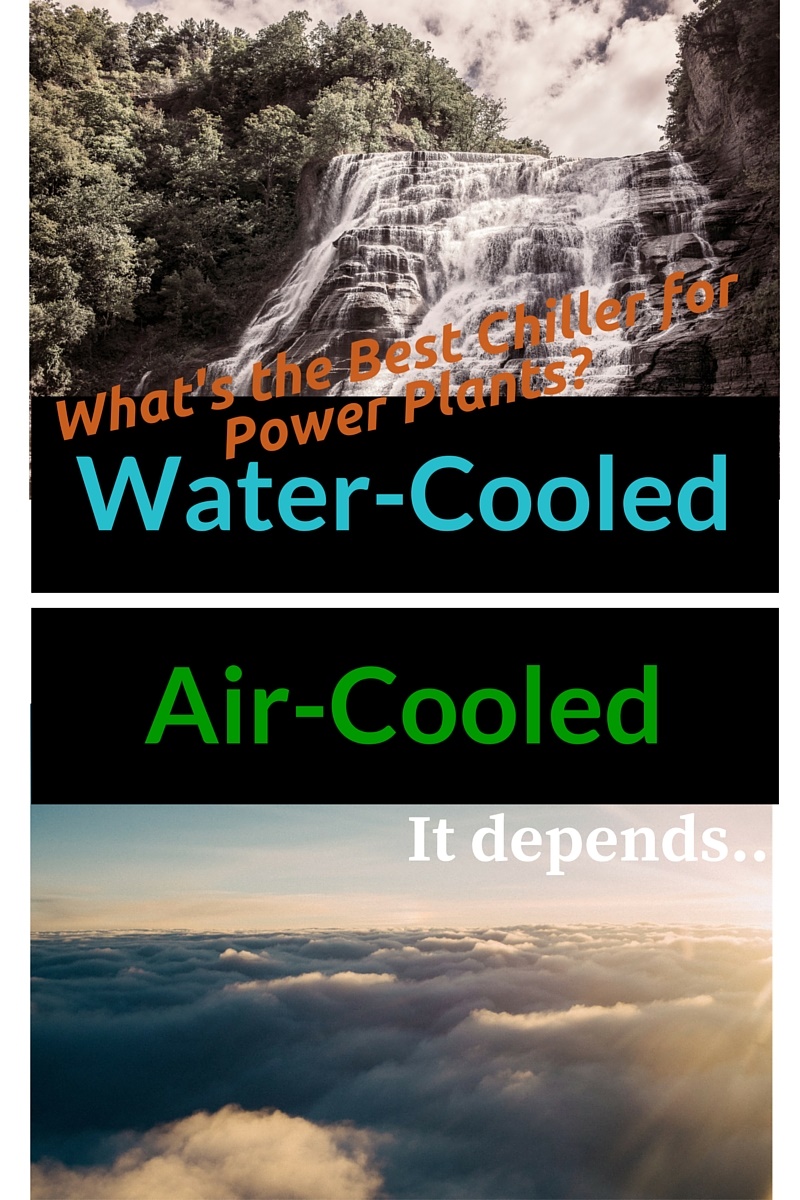The changes in U.S. electricity supply and usage levels are rapidly reshaping utility load profiles and thus generation and transmission requirements for both new and existing resources.
The recent discovery of relatively cheap natural gas in the U.S. and growing use of the fuel as a baseload power generation source has also coincided with the rapid adoption of renewable resources in many parts of the U.S. These new components of the electricity supply stack continue to displace more traditional and older forms of baseload power generation, coal and nuclear units, for both economic and public policy motivations. Unfortunately, these growing pieces of the U.S. generation supply side all are subject to weather related intermittency.











